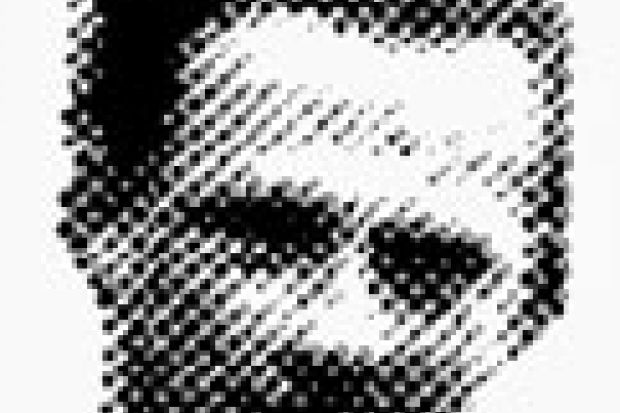Almost every book or article on modern mysticism, paranormal phenomena, or alternative medicine, alludes to quantum mechanics as the scientific foundation for its claims. For example, in his best-seller Ageless Body, Timeless Mind: The Quantum Alternative to Growing Old , Deepak Chopra argues that illness and ageing are illusions because quantum mechanics has shown "the physical world is a creation of the observer".
Likewise, Amit Goswami, in his book The Self-Aware Universe: How Consciousness Creates the Material World , claims: "Psychic phenomena, such as distant viewing and out-of-body experiences, are examples of the non-local operation of consciousness."
The mathematical theory of quantum mechanics describes a huge variety of empirical observations with great precision and without anomaly. No controversies exist about its basic validity. On the other hand, there is still no consensus on its metaphysical interpretation.
The Copenhagen interpretation of quantum mechanics, promulgated by Niels Bohr in the 1930s and largely accepted until recent years, says nothing about consciousness. But it left the door open to misinterpretation with its positivist insistence that only what is measured can have any meaning. "The electron has no position until that position is measured," is often heard in physics classrooms. Technically, this just means we cannot include the electron's position in a theoretical equation until it has been determined. But this unfortunate wording has led some to the logically fallacious inference that the electron as a real particle does not exist until the conscious act of measurement is performed.
Alternative interpretations of quantum mechanics proposed in recent decades also leave little space for consciousness. But some open the door to other flights of fancy.
In 1952, David Bohm proposed that quantum effects were produced by forces below levels of observation. No evidence has been found for these sub-quantum forces, but experiments predict that if the theory is correct, then it must involve instantaneous connections across the universe. While not giving the mystics a basis for insisting consciousness controls reality, the holistic nature of Bohm's theory does provide the tempting notion that everything is connected to everything else and thus not reducible to parts.
Meanwhile, Hugh Everett's "many worlds" interpretation provides a useful formalism avoiding the conceptual problems of Copenhagen. However, the metaphysics of parallel universes strikes many as a rather extreme solution. Still, the idea has attracted a circle of enthusiastic proponents, in all universes presumably.
While such proposals are debated, it is worth remembering that none makes unique predictions that can be tested against observations. Most likely, the truth will turn out to be simple and obvious, and offer no comfort to those who prefer a little mystery to the cold of science reason.
Victor Stenger is emeritus professor of physics and astronomy at the University of Hawaii and author of Timeless Reality: Symmetry, Simplicity, and Multiple Universes (Prometheus).
